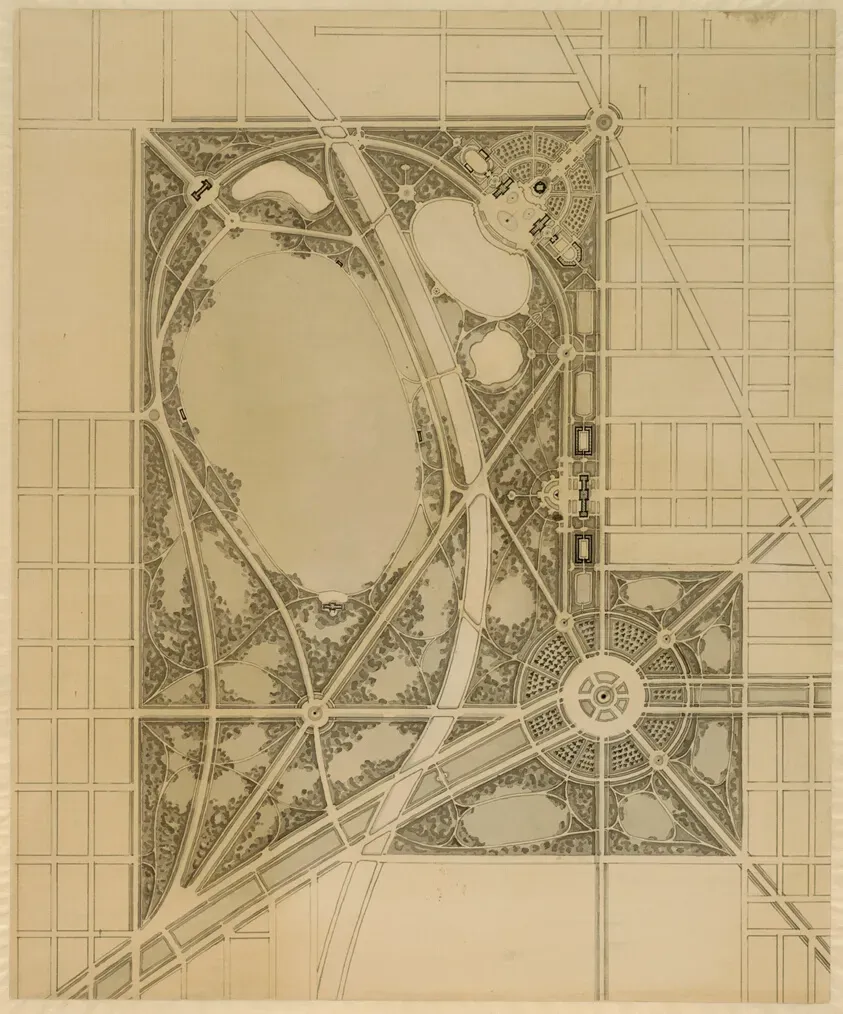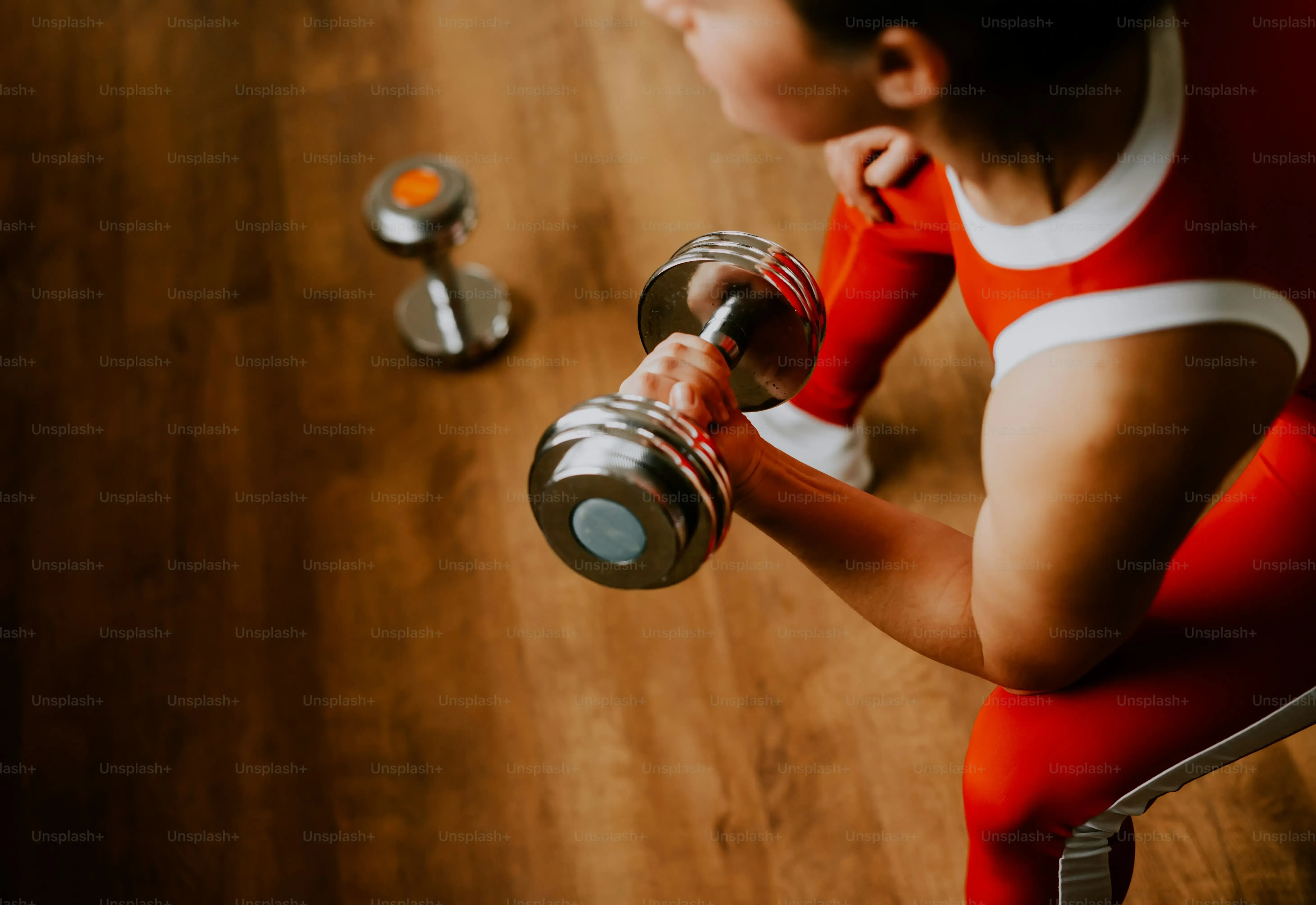Table of Contents
Thinking about lifting weights but find the gym floor a bit intimidating? Maybe you've seen those cannonball-shaped things and wondered if they're just for hardcore athletes. Good news: kettlebells aren't some mythical beast reserved for the elite. They're actually fantastic tools for building strength, improving cardio, and moving better, even if you've never touched a weight before. Trying to figure out where to start can feel overwhelming, though. You see complex routines online, fancy swings, and wonder if you'll just end up hurting yourself. That's a valid worry. So, let's cut through the noise and give you something solid. This article lays out a straightforward kettlebell beginner workout plan designed to get you moving safely and effectively. We’ll walk you through the basic moves, show you how to perform them without looking like a confused octopus, and talk about how to stick with it. No need for a gym full of equipment or hours of free time. Just a kettlebell, some space, and a willingness to learn. Ready to swing into action? Let's get this kettlebell beginner workout plan started.
Starting Your Kettlebell Journey: Why Beginners Love Them

Starting Your Kettlebell Journey: Why Beginners Love Them
Alright, so you're eyeing those kettlebells, huh? Smart move. Look, gyms are full of shiny, complicated machines that isolate muscles you didn't even know you had, and honestly, that's not where most beginners need to start. Kettlebells are different. They force your body to work as a unit, the way it's supposed to in real life. Think about picking up a heavy grocery bag or lifting a kid – that's not a bicep curl machine movement. That's functional strength, and kettlebells build that like nothing else in a compact package. They swing, they move, and they challenge your balance and coordination right from the jump. It's not just lifting a weight up and down; it's controlling a weight through space, and that feels incredibly engaging and effective, even with simple motions perfect for a kettlebell beginner workout plan.
Your First Kettlebell Beginner Workout Plan

Your First Kettlebell Beginner Workout Plan
Keeping It Simple: The Foundation
ditch the idea that your first kettlebell workout needs to look like something out of a competition highlight reel. It absolutely doesn't. The goal here is to build a solid base, learn the fundamental movement patterns, and not get hurt. A good kettlebell beginner workout plan focuses on just a few key exercises done well. Think of it like learning to walk before you try to run a marathon. We're talking about movements that get your hips, core, and shoulders working together. Forget the fancy stuff for now. We're laying the groundwork, building strength, and getting comfortable with the feel of the kettlebell. This isn't just random lifting; it's deliberate practice of essential human movements, spiced up with some iron.
Essential Moves for Your First Plan
So, what does this look like in practice? For a kettlebell beginner workout plan, you want to focus on exercises that are relatively easy to learn but hit multiple muscle groups. The deadlift is your absolute best friend here. It teaches you how to hinge at the hips properly, which is crucial for almost everything else you'll do with a kettlebell (and in life). The goblet squat is another winner. Holding the bell at your chest helps keep you upright and encourages a good squatting pattern. And don't forget the kettlebell swing – but maybe start with a deadlift variation of the swing first to get the hip hinge down before adding the ballistic element. These three moves alone can form the backbone of a surprisingly effective beginner routine.
- Kettlebell Deadlift: Focus on hinging at the hips, not rounding your back. Keep the bell close.
- Goblet Squat: Hold the bell at your chest, squat down keeping your chest up and elbows inside your knees.
- Kettlebell Swing (Deadlift Style): Hinge back, keep the bell between your legs, stand up powerfully using your hips.
Structuring Your First Workouts
How often should you hit this kettlebell beginner workout plan? Two to three times a week is plenty when you're starting out. Your body needs time to recover and adapt. For each exercise, aim for 2-3 sets of 8-12 repetitions. Focus on control and good form over lifting heavy or doing tons of reps. It's far better to do 10 perfect deadlifts than 20 sloppy ones that wreck your back. Listen to your body. If something feels wrong, stop. There's no prize for pushing through pain, only potential injury. Consistency is key here. Showing up and doing the work, even if it feels light at first, builds the habit and the strength over time.
Mastering the Moves in Your Kettlebell Beginner Workout Plan

Mastering the Moves in Your Kettlebell Beginner Workout Plan
Why Form Trumps Everything Else
so you've got your kettlebell and the basic plan. Now comes the really important part: how you actually *do* the movements. Look, everyone wants to lift heavy stuff, but jumping the gun on weight before you nail the form is a fast track to feeling like you wrestled a confused badger. With a kettlebell beginner workout plan, your focus should be 100% on moving correctly. The unique shape and offset weight of the kettlebell mean you can't cheat the movement the way you might with a barbell or machine. It exposes weaknesses fast. Learning the proper hinge, squat, and swing mechanics builds a foundation that protects your joints and actually allows you to get stronger in the long run. Skip this step, and you're just practicing bad habits that will come back to bite you. Trust me, I've seen it happen.
Think about it this way:
- Bad form = potential pain, slow progress, looking awkward.
- Good form = staying safe, getting stronger, moving like a human instead of a rusty robot.
Which one sounds better for your kettlebell beginner workout plan?
Drilling the Basics Until They Feel Natural
How do you get good form? You drill. You practice. You don't just try the movement once and assume you've got it. For the deadlift, practice the hip hinge without the bell first, maybe just touching a wall behind you with your butt. Feel that stretch in your hamstrings? That's the hinge. For the goblet squat, use a lighter bell or even just your bodyweight to start. Focus on keeping your chest up and sitting *between* your knees, not just dropping down. The swing? Start with the deadlift-style swing we mentioned. It's all about the hips snapping through, not lifting with your arms. Video yourself if you can. It feels weird, but seeing what you're actually doing is incredibly helpful. Don't be afraid to start light. A light weight done perfectly is infinitely better than a heavy weight done poorly in your kettlebell beginner workout plan.
What's one thing most beginners mess up with the swing?
They squat it instead of hinging it. Remember, it's a dynamic hip hinge, not a squat with an arm raise.
Staying Safe and Progressing with Kettlebells

Staying Safe and Progressing with Kettlebells
Prioritizing Safety Above All Else
Look, nobody starts a kettlebell beginner workout plan thinking, "Gee, I hope I tweak my back today!" But injuries happen when you get sloppy or impatient. The single most important thing you can do is respect the weight and respect your body. That means starting lighter than you think you need to. Seriously. Ego has no place here. A light kettlebell swung well is a powerful tool; a heavy one swung poorly is a ticket to chiropractor visits. Always warm up before you touch the bell – get your joints moving, especially hips and shoulders. After your workout, a few simple stretches won't kill you and can help with recovery. Don't skip this stuff. It's the boring part, maybe, but it's the part that keeps you training consistently instead of sitting on the couch icing something.
Knowing When and How to Progress
So you're consistently nailing your sets and reps with good form in your kettlebell beginner workout plan. Great! That's the sign you're getting stronger. But how do you keep getting stronger? You can't just do the same thing forever. This is where progression comes in. It doesn't have to be a massive leap. Maybe you add a couple more reps to each set, or you add an extra set. Or, if the weight feels genuinely easy and your form is perfect even when a bit fatigued, then maybe it's time for a slightly heavier bell. The key is small, manageable steps. Don't jump from an 8kg bell to a 24kg bell because someone on Instagram did. That's insanity. Incremental increases build sustainable strength and reinforce good habits.
Signs you might be ready for more:
- You hit the top end of your rep range (e.g., 12 reps) for all sets comfortably.
- Your form stays solid throughout the entire set, even the last rep.
- The weight feels noticeably "light" compared to when you started.
- You recover quickly between sets.
Avoiding Common Beginner Pitfalls
Alright, let's talk about the traps beginners fall into with their kettlebell beginner workout plan. First off, trying to run before you can walk. This usually looks like attempting complex moves like snatches or cleans way too soon. Master the basics first. Second, ignoring pain. There's a difference between muscle fatigue and joint pain. Learn that difference and stop if something feels sharp or wrong. Third, inconsistency. Doing one killer workout and then taking two weeks off isn't a plan, it's a sporadic burst of effort. Regularity, even with shorter sessions, beats infrequent hero workouts every time. Finally, comparing yourself to others. Everyone starts somewhere. Focus on your own progress, celebrate the small wins, and trust the process. It's your journey, not a competition.
Swinging Forward After Your First Plan
So, you’ve got the basics of a kettlebell beginner workout plan under your belt. You've learned a few fundamental moves, understand the value of starting slow, and hopefully haven't dropped the thing on your foot. That's progress, not perfection. Consistency matters more than crushing every single rep. Keep practicing the moves, add weight gradually when it feels right, and don't be afraid to revisit the basics. This isn't about becoming a kettlebell guru overnight; it's about building a sustainable habit that makes you stronger and more capable. Keep swinging, keep learning, and see where this simple piece of iron takes you.